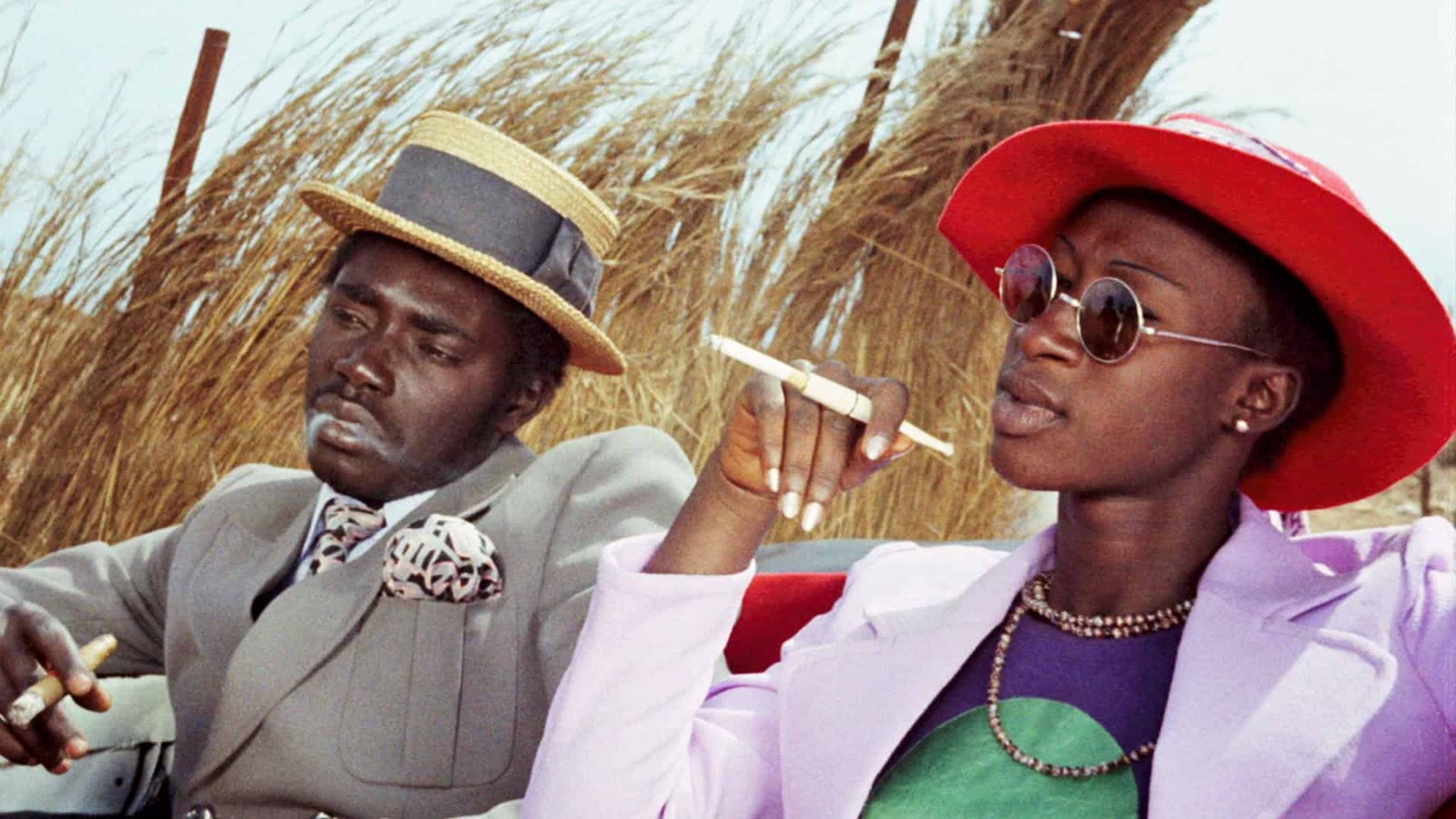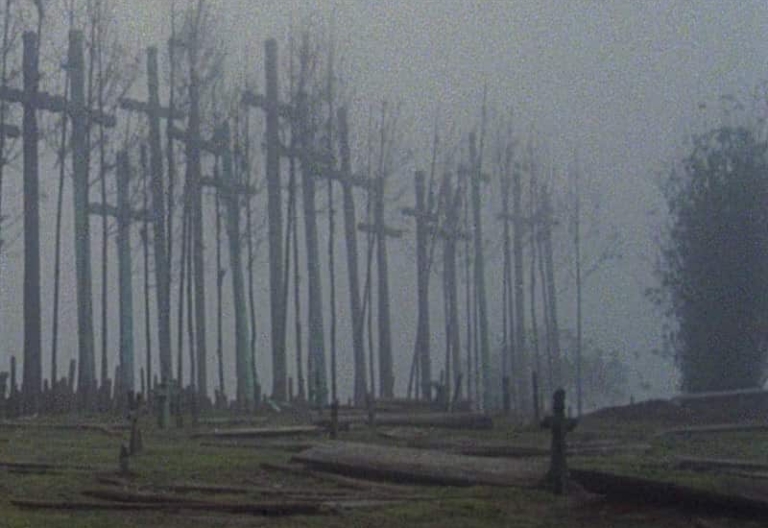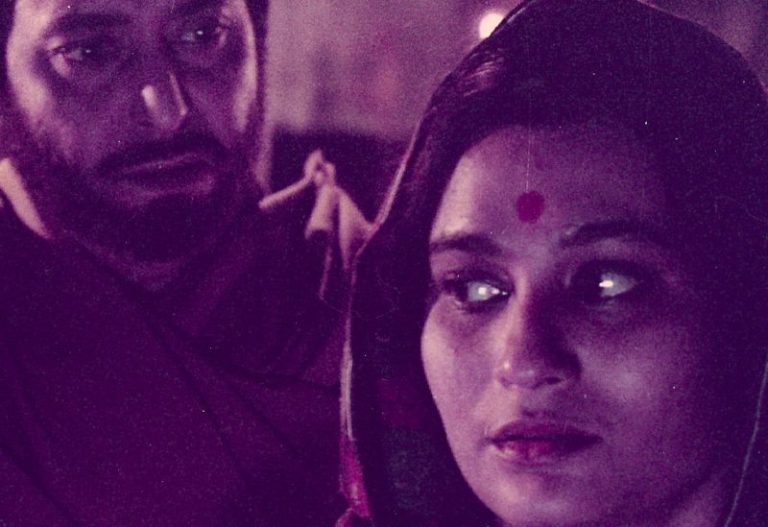postcolonial film theory
Postcolonial film theory is a critical framework that examines how colonialism and its legacies are represented in cinema, especially focusing on issues of identity, power, history, and resistance. Rooted in postcolonial studies and critical theory, it examines the ways in which films depict colonized and formerly colonized peoples, often scrutinizing the role cinema plays in perpetuating or challenging colonial ideologies.
Published by: CinemaWaves Team | Filed Under: Film Blog
Historical Development and Foundations
Postcolonial film theory emerged in tandem with the broader field of postcolonial studies, which gained prominence in the late 20th century through the work of scholars like Edward Said, Homi K. Bhabha, Gayatri Chakravorty Spivak, and Frantz Fanon. Edward Said’s “Orientalism” (1978) played a pivotal role by revealing how Western discourse constructs the East as exotic, backward, and inferior, a concept that was quickly extended to cinematic representations.
Film studies quickly embraced these ideas, as scholars and critics began exploring how Hollywood and European cinema portrayed colonial power dynamics. Frantz Fanon’s psychoanalytic critiques of colonial identity, especially in “Black Skin, White Masks and The Wretched of the Earth,“ influenced many filmmakers and scholars alike. Fanon argued that colonialism inflicted deep psychological wounds on the colonized, leading to fractured identities — a theme central to many postcolonial films.
Postcolonial film theory also evolved from Third Cinema, a radical film movement in Latin America, Africa, and Asia during the 1960s and 70s. Coined by Argentine filmmakers Fernando Solanas and Octavio Getino, Third Cinema rejected both commercial Hollywood (First Cinema) and auteur-driven European cinema (Second Cinema), advocating for a politically engaged, anti-colonial cinema that could serve as a tool for liberation.

Characteristics of
Postcolonial Film
Critique of Colonial Representation: One of the core goals of postcolonial film theory is to critique stereotypical representations of colonized peoples — such as the noble savage, the submissive native, or the threatening “Other.” These tropes, seen in colonial adventure films and Westerns, are deconstructed to reveal underlying power dynamics.
Interrogation of National Identity: Postcolonial films often explore the complexities of identity in postcolonial societies. They examine how colonized peoples negotiate cultural hybridity, assimilation, and resistance, portraying characters caught between colonial and indigenous worlds.
Counter-History and Revisionism: Many films seek to rewrite or challenge colonial histories by giving voice to suppressed narratives. This revisionist approach centers on indigenous perspectives, forgotten heroes, or traumatic historical events like partition, slavery, or genocide.
Use of Indigenous Aesthetics: In contrast to the polished realism of Western cinema, postcolonial films may adopt non-Western storytelling traditions, fragmented narratives, or symbolic visuals rooted in local culture.
Themes of Exile and Diaspora: Many postcolonial narratives deal with the displacement of individuals and communities, exploring the pain of exile, the longing for home, and the negotiation of identity in diasporic settings.

Famous Postcolonial Films
“The Battle of Algiers” (1966) by Gillo Pontecorvo: A seminal work in postcolonial cinema, it depicts the Algerian struggle for independence from French colonial rule. Using a neorealist style and non-professional actors, it provides a powerful, sympathetic portrayal of anti-colonial resistance.
“Black Girl” (1966) by Ousmane Sembène: Often considered the first sub-Saharan African feature film, Black Girl explores the psychological and material impact of colonialism on a young Senegalese woman working in France.
“Touki Bouki” (1973) by Djibril Diop Mambéty: This avantgarde Senegalese film tells the story of two young lovers dreaming of escaping to Paris. Blending surrealist imagery with political critique, Touki Bouki explores themes of cultural alienation, neocolonial desire, and identity fragmentation in post-independence Africa.
“Rabbit-Proof Fence” (2002) by Phillip Noyce: Based on a true story, this Australian film follows three Aboriginal girls who escape a government settlement to return home. It critiques Australia’s assimilation policies and colonial legacy, making Indigenous trauma central to the national narrative.
“District 9” (2009) by Neill Blomkamp: While a science fiction allegory, it is widely read as a postcolonial narrative. The film draws parallels between alien apartheid and South African history, using genre conventions to explore racial segregation, exploitation, and identity.
Refer to the main page for more educational insights on filmmaking and cinema history.
Film theory is the academic discipline that explores the nature, essence, and impact of cinema, questioning their narrative structures, cultural contexts, and psychological…
Tied to the feminist movements of the 1960s and 1970s, feminist film theory critiques the portrayal of women in film, the male gaze, and the ways in which cinematic techniques…
Third Cinema is a revolutionary film movement that emerged in the 1960s as a response to the dominant ideals of Hollywood (1st Cinema) and European art cinema…
Indian cinema is synonymous with Bollywood, known for its vibrant song and dance sequences and blockbuster entertainers. However, beneath the glitz and glamour lies…
Postmodernist film emerged in the latter half of the 20th century, rooted in the broader cultural and philosophical movement of postmodernism. It started as a reaction to the…
Blaxploitation is a film subgenre of action and exploitation films that emerged in the early 1970s, characterized by its focus on African American protagonists, urban settings…






